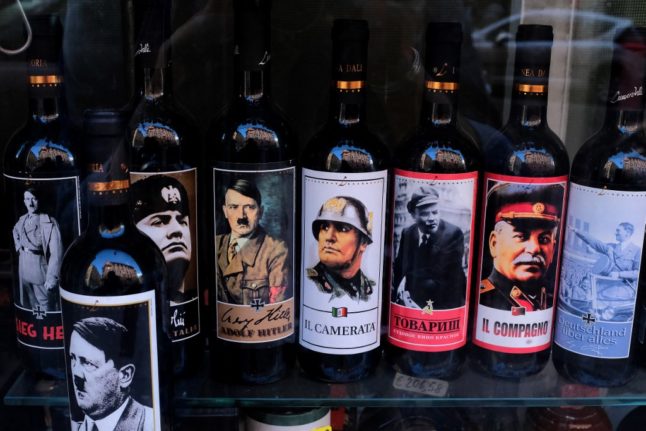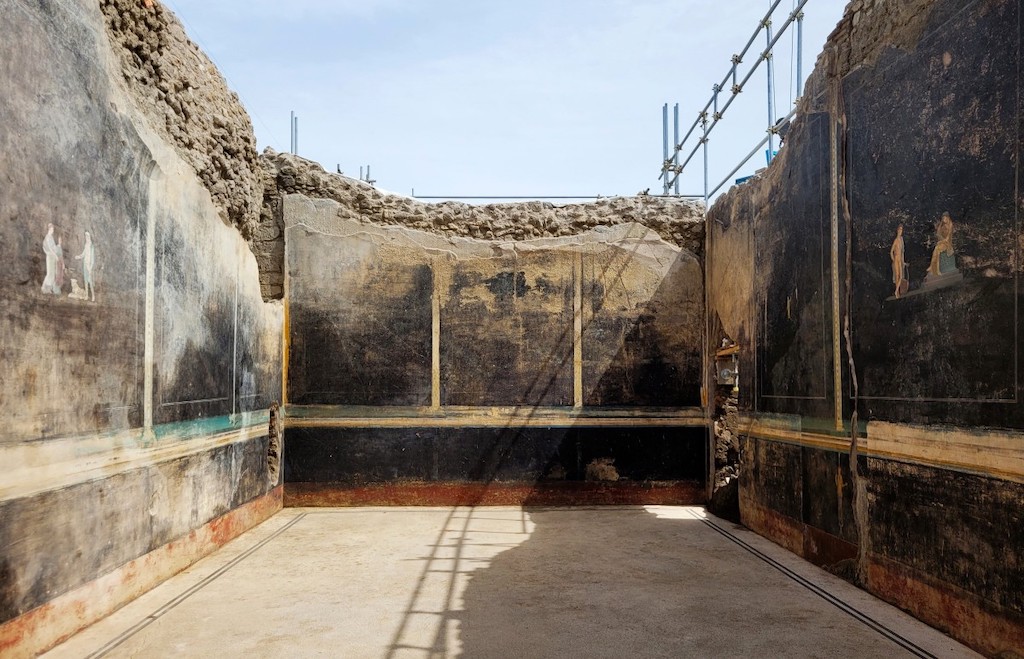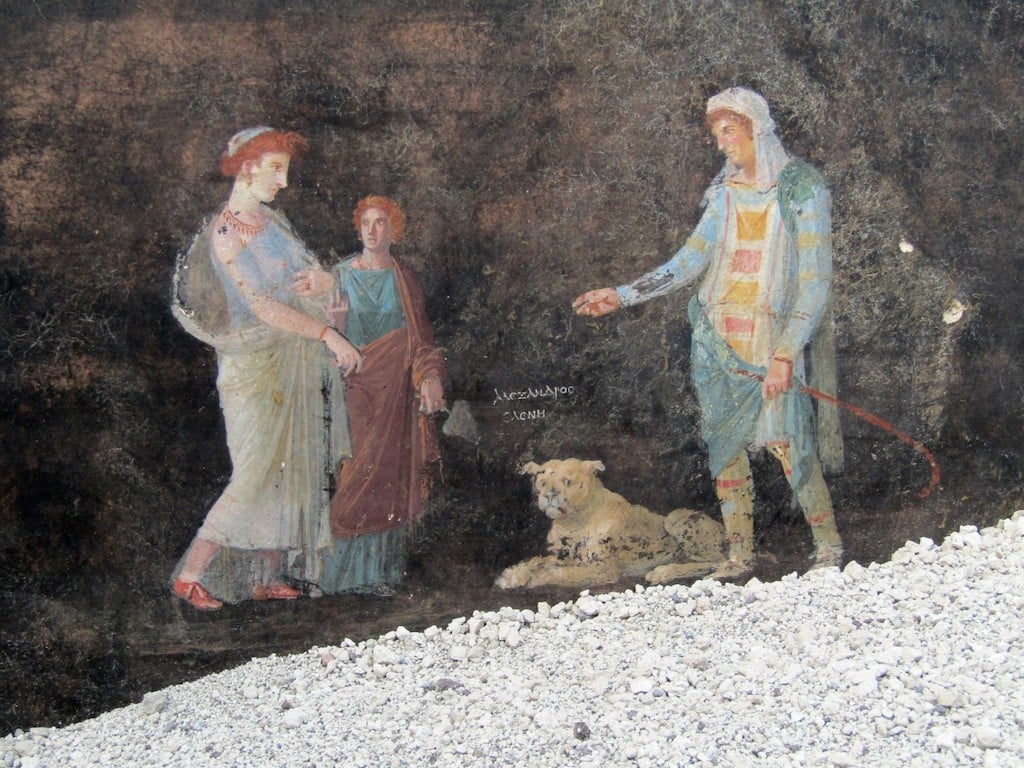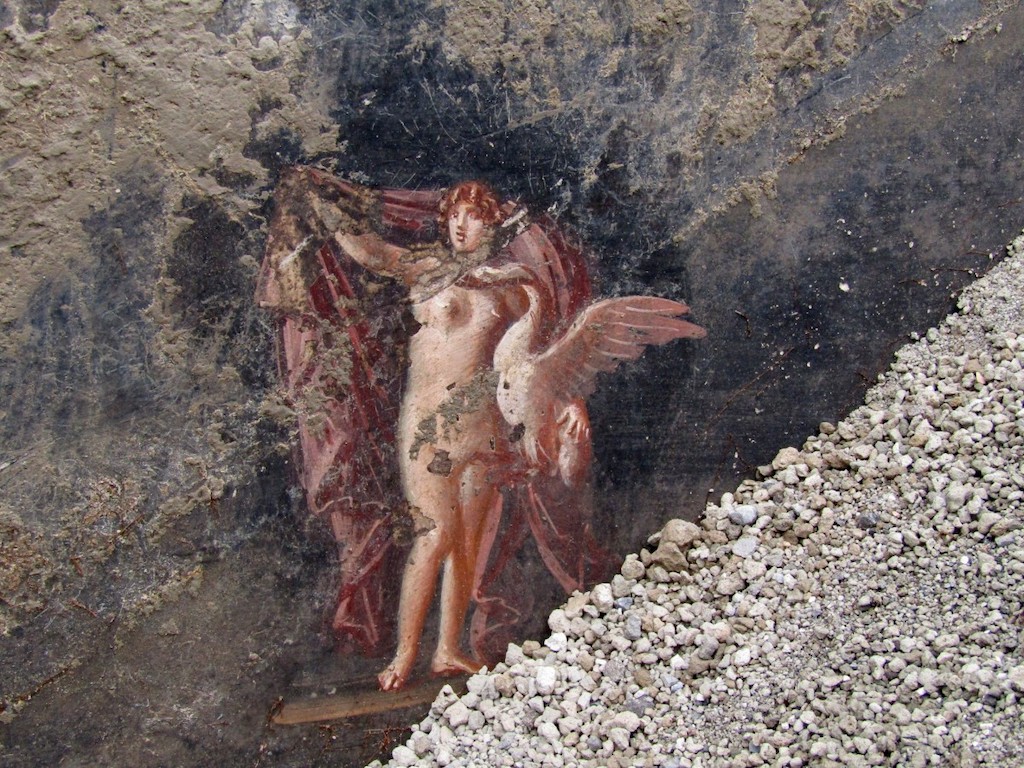The owners of an Italian wine company have said they’ll stop selling a range of bottles emblazoned with images of dictators including Adolf Hitler and Benito Mussolini long criticised as offensive to the memory of victims of fascist regimes.
“Enough, we’re tired of all this controversy,” Andrea Lunardelli, who will soon take over the management of Vini Lunardelli from his 80-year-old father, told Italian media.
“From next year, the line with the labels featuring characters like Hitler and Mussolini will disappear,” he said, according to newspaper La Repubblica.
For the past 25 years the company, based near Udine in the north-eastern Friuli Venezia Giulia region, has marketed a range of bottles also featuring images of Josef Stalin, Francisco Franco and Heinrich Himmler.
Perhaps unsurprisingly, the company has repeatedly come under fire over what it calls its “historical line” of wines.
The wines are banned from sale in Germany and Austria due to laws prohibiting the display of Nazi symbols, but are sold online and in more than 50 stores in Italy – mainly in tourist areas – without any restrictions.
“We’re not Nazis”, Lunardelli insisted, adding that “this has never been an apology for fascism”.
Lunardelli has long defended his products against criticism, telling The Local back in 2013 that the ploy was “just marketing” and was not intended to cause offence.
He said the range has been popular among customers outside of Italy, with foreign tourists in Italy being the biggest market.

“This is why we only sell it at shops in tourist places; hardly any Italians buy the wine – well, occasionally they might go for a Benito Mussolini bottle.
“People usually buy it as a joke gift, that’s what it’s for, it’s not meant to offend anyone.”
Lunardelli also claimed some people buy the wine simply because it tastes good.
The winery sells some 20,000 bottles from its ‘historical’ line every year, around 12,000 of which feature Hitler and 6,000 Mussolini, reports La Repubblica.
The range is now set to be scrapped and the winery renamed when Lunardelli officially takes over from his father.
That’s all except for the company’s ‘Amaro del Duce’ – an after-dinner drink or digestivo named after Mussolini – “because it’s produced in partnership with another company”, he said.
But Lunardelli’s move doesn’t mean wines emblazoned with fascist symbols and dictators’ faces will disappear from Italian souvenir shops altogether, La Repubblica notes, as several other Italian companies continue to market similar products.






 Please whitelist us to continue reading.
Please whitelist us to continue reading.
Member comments